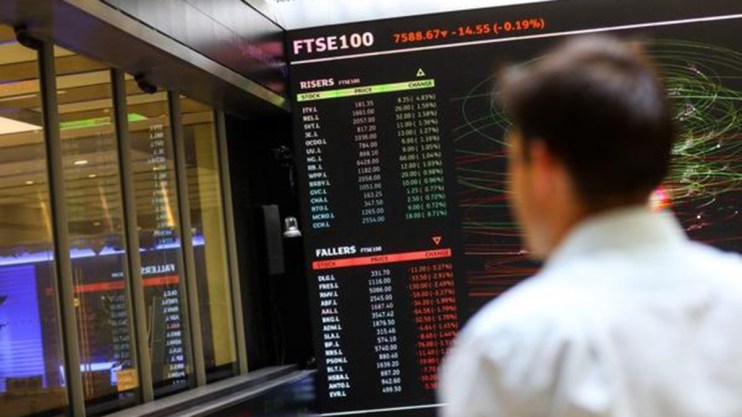
Best ETFs for an environment with rising interest rates

On 4th August, the Bank of England raised interest rates by an outsize 0.50% – the largest single increase since 1995, taking the Bank Rate to 1.75%. This follows on from the Fed’s second 0.75% rate hike on 27th July, as Central Banks try to rein in inflation.
Whether or not interest rate rises will have any effect on quelling supply-side inflation triggered by post-COVID supply-chain disruption, a tight energy market and the hideous Russia/Ukraine war and related sanctions remains to be seen. We fear it may choke off growth without solving inflation.
How can investors use ETFs to build in defensive resilience to their portfolios?
We see three approaches to consider:
- Ultrashort Duration Bonds: these are ETFs that hold highly quality bonds that are months away from maturity so interest rate sensitivity (known as duration) is very low. As yield returns to markets this type of ETF is akin to “cash plus” delivering a bit more yield with near-nil volatility. Examples include LON:ERNS in Sterling or LON:ERNU in Dollars.
- Floating Rate Notes: these are ETFs that hold floating rate notes (FRNs) whose coupon rises when interest rates rise. This provides a direct hedge on rising interest rates. Unfortunately there are no FRN ETFs linked to UK interest rates, but there are FRNs linked to US interest rates that can be accessed either in Dollar-terms LON:FLOT, or with currency exposure hedged back to Sterling LON:FLOS, depending on your view on exchange rate direction.
- Interest-rate hedged corporate bonds: for those wanting a bit more yield and willing to accept USD-based returns it is possible to buy an ETF that provides exposure to US investment grade corporate bonds, with interest rate moves hedged out, such as LON:LQDG. This is done by the ETF manager buying the underlying bond exposure and selling US treasury futures to reduce the performance impact caused by movements in government bond rates, with the hedging adjusted monthly.
These are three different ways of incorporating defensive, lower volatility holdings within a portfolio that can keep pace with rising interest rates. How best to keep pace with inflation is a different matter.
All ETFs mentioned can be found on the IG share dealing platform.
Your capital is at risk. The value of shares, ETFs and ETCs can fall as well as rise, which could mean getting back less than you originally put in.
For research purposes only. Nothing in this article constitutes a personal recommendation, endorsement or financial promotion. Any trademarks cited are the property of their respective owners.